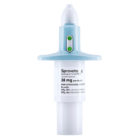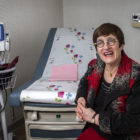Collecting Evidence Of Sexual Assault Is Not A DIY Project
|
In theory, a do-it-yourself rape kit, where a victim of rape or sexual assault collects evidence in the privacy of his or her home, seems like a good idea. Going to the police or a hospital after a rape is immeasurably difficult for some. There’s a stigma, and victims may fear mistreatment at the hands of law enforcement or hospital personnel. But advocates and others say newly introduced home rape kits are roughly as useless as the boxes they come in. There’s no guarantee self-collected evidence is admissible in court, and the kits aren’t nearly as comprehensive as those offered by the state.









